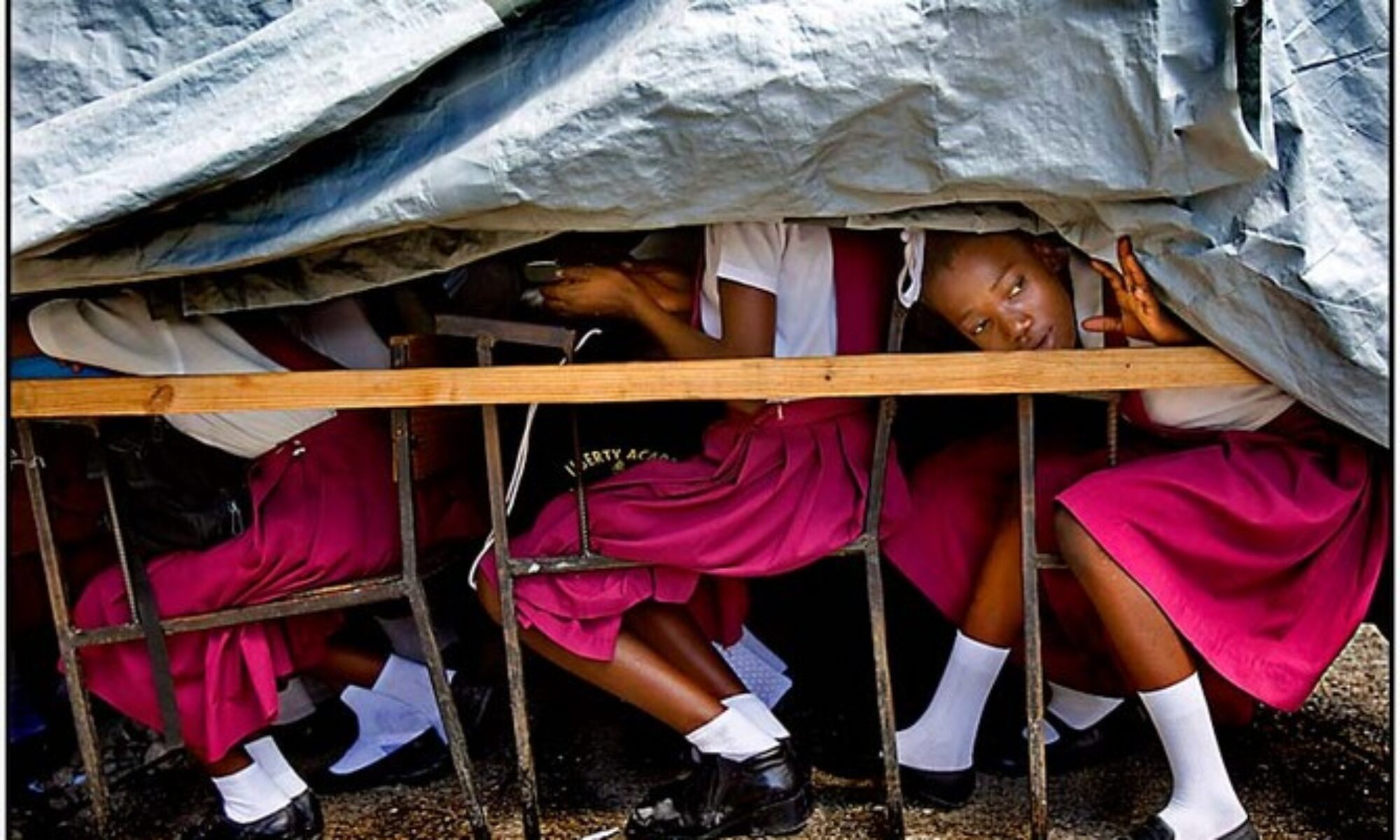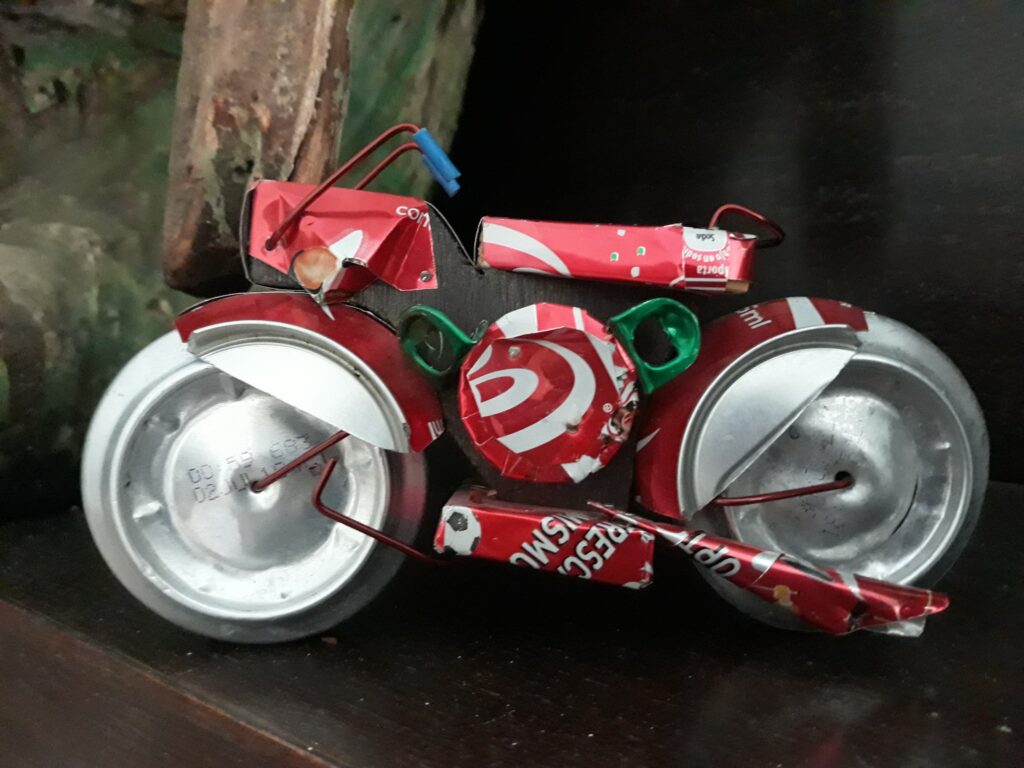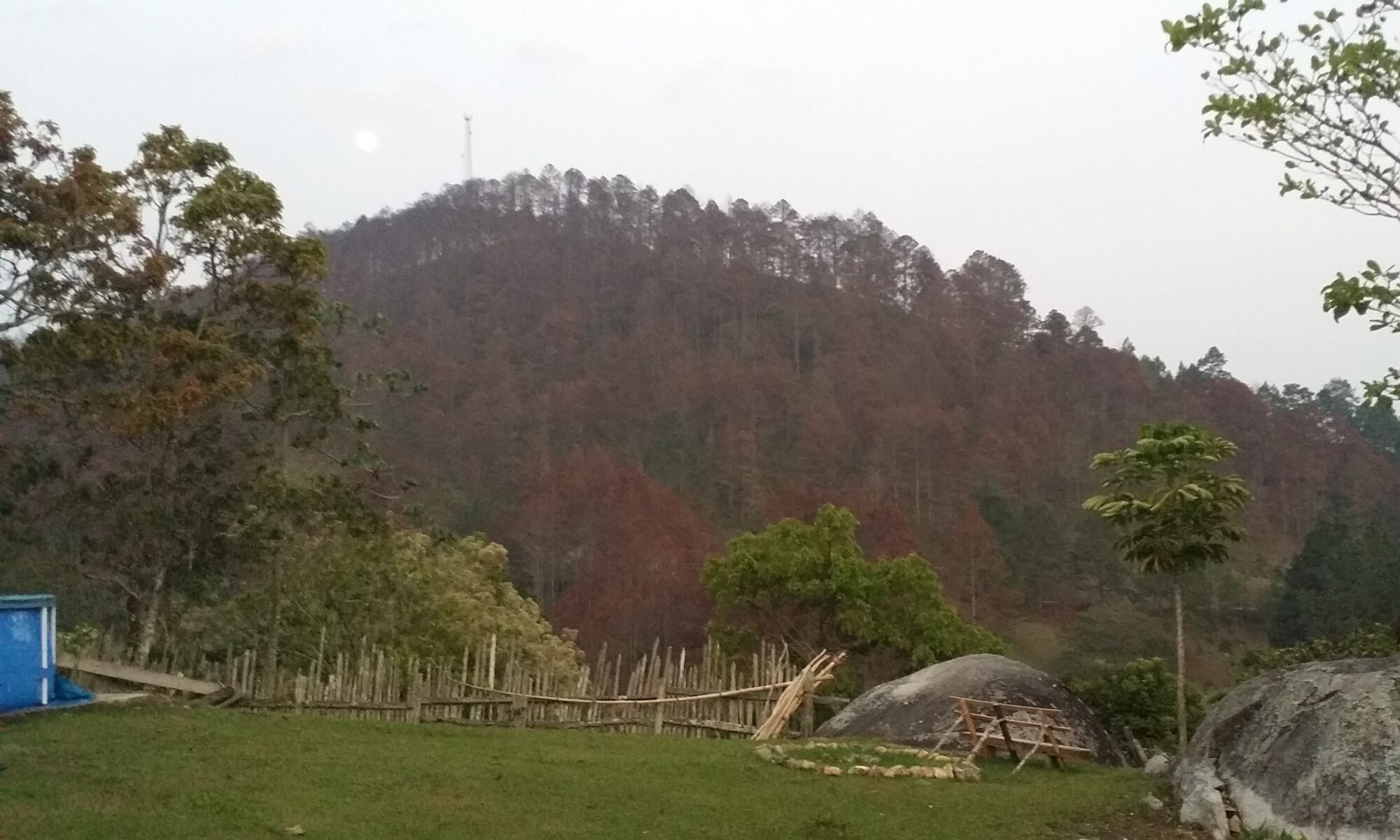When I was in college I remember listening to the lyrics of the Age of Aquarius for the first time. The song struck a cord within me and the name of the band, The Fifth Dimension, an even deeper cord.
“The moon is in the Seventh House and Jupiter aligns with Mars then peace will guide the planets and love will steer the stars. This is the dawning of the Age of Aquarius.”
Astrologers believe that an astrological age affects mankind and influences the rise and fall of civilizations. Traditionally Aquarius is associated with electricity, computers, flight, democracy, freedom, humanitarianism, idealism, modernization, astrology, rebellion, nonconformity, veracity, perseverance and humanity.
The song the Age of Aquarius was written in 1969 and today in 2014 we are living in the Millennium of the Age of Aquarius. Things have not turned out the way I imagined back then. I have been a staunch environmentalist since I can remember. Those of us who believe that the new millennium will usher in an era of peace and serenity are not ready to throw in the towel. We are standing at the precipice of climate change and our fate is being dictated by our own inaction. Now more than ever everyone needs to step forward and do their part.
The best way to heal our world is to start with oneself. When we eat organic foods and use chemical free products we not only heal ourselves but we ultimately heal our planet. If everyone focused their efforts inwards then they would indeed bring balance to themselves and in turn would balance our world. Things heal better and quicker from the inside out and when you get to the root of the cause. So start with your own kitchen pantry, medicine cabinet, makeup case, perfume collection and stop treating your lawn with weedbegone and toxic fertilizers. For more tips check out this Earth911 link.
We must embrace the importance of working together with non profits like Oceana, the Sargasso Alliance and Natural Resources Defense Council for the greater good of humanity and in combining our efforts so we can co-create something greater than the sum of the parts.
Harmony and understanding
Sympathy and trust abounding
No more falsehoods or derisions
Golden living dreams of visions
Mystic crystal revelation
And the minds true liberation
How can we apply the Aquarian principals to our daily lives? For starters by committing yourself to be as centered and strong both mentally, physically and spiritually as possible. Change is just that, change and knowledge flow through us like the currents in the ocean.
The best way to facilitate change is to start a practice of pH balancing. And not just pH balancing of our bodies but also that of the oceans, rivers and soil. If you are not currently tracking your pH, this would be a good time to start.
The potential of Hydrogen (pH) within our body is controllable. One of the major cellular waste products in organic matter are hydrogen ions. These ions are responsible for changing the environment of the blood mainly by making blood more or less acidic. Too much acid can be detrimental to the functioning of bodily processes. Hydrogen is everywhere and is the most abundant element in the universe making up more that 90% of all matter. Combining hydrogen and oxygen is one of the best ways to remove acids in the form of excess hydrogen waste from our body and the same goes for soil and water. Bringing in oxygen by eating abundant alkaline foods, practicing deep breathing and drinking plenty of spring water is the best way to flush out toxins.
Alkalining Vegetables: Beets, Broccoli, Cauliflower, Celery, Cucumber, Kale, Lettuce, Onions, Peas, Peppers and Spinach.
Alkalizing Fruits: Apple, Banana, Berries, Cantaloupe, Grapes, Melon, Lemon, Orange, Peach, Pear and Watermelon.
Alkalizing Protein: Almonds, Chestnuts & Tofu.
Alkalizing Spices: Cinnamon, Curry, Ginger, Mustard & Sea Salt.
What better time than the Age of Aquarius to become aware of the body of water within us and all around us. Keeping our own pH balanced is as important as keeping the oceans clean to sustain life and the equilibrium of the eco systems on our beautiful blue planet. Did you know that over half of the oxygen we breath comes from the ocean? Just as each drop of water within us determines our health, so do the choices we make determine the health of our soil, water and the planet.
Our oceans have already risen 8 inches in the past century. For a while the notion that you could actually change the pH of the ocean just wasn’t acknowledged. What is alarming is no one expected the ocean’s pH could change at such an accelerated pace. Nowhere on Earth are these changes more apparent than at the poles.
In 2008 during an Antarctic research cruise north of South Georgia Island, the marine biologist Nina Bednaršek began to pull up net tows of tiny marine snails. As expected the nets were lined with pteropods, but something was off: their calcium carbonate shells were pitted with holes! The culprit? Carbon dioxide reacts with seawater to make carbonic acid. Deep seawater naturally has more carbon dioxide and less oxygen. Nina attributes this rising corrosive horizon to the additional input of anthropogenic carbon dioxide. When more carbon dioxide goes into the atmosphere than is removed the balance not only traps infrared radiation that warms the air, but also makes the ocean more acidic. CO2 levels have already topped 400 ppm this year. And just like with humans an acidic pH is detrimental to the soil, the ocean and to us.
“When we are no longer able to change a situation, we are challenged to change ourselves.” — Victor Frankl.
So it’s high time to shift the focus to the mirror and ask ourselves to change our ways so we can have a future.




